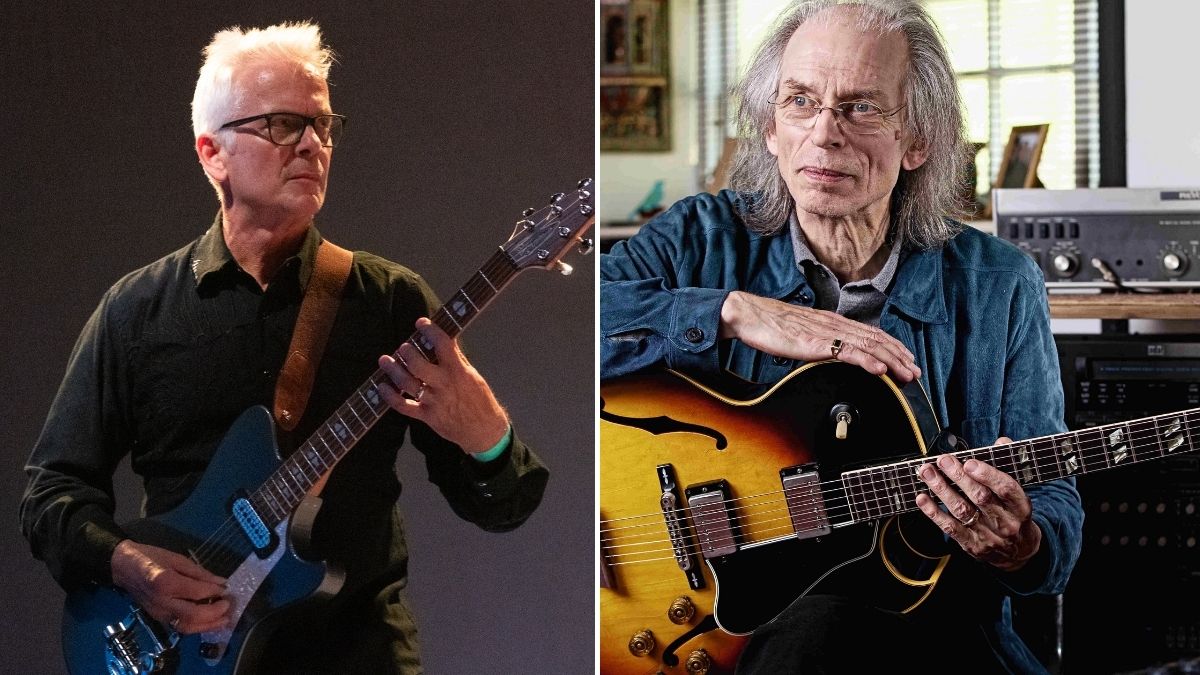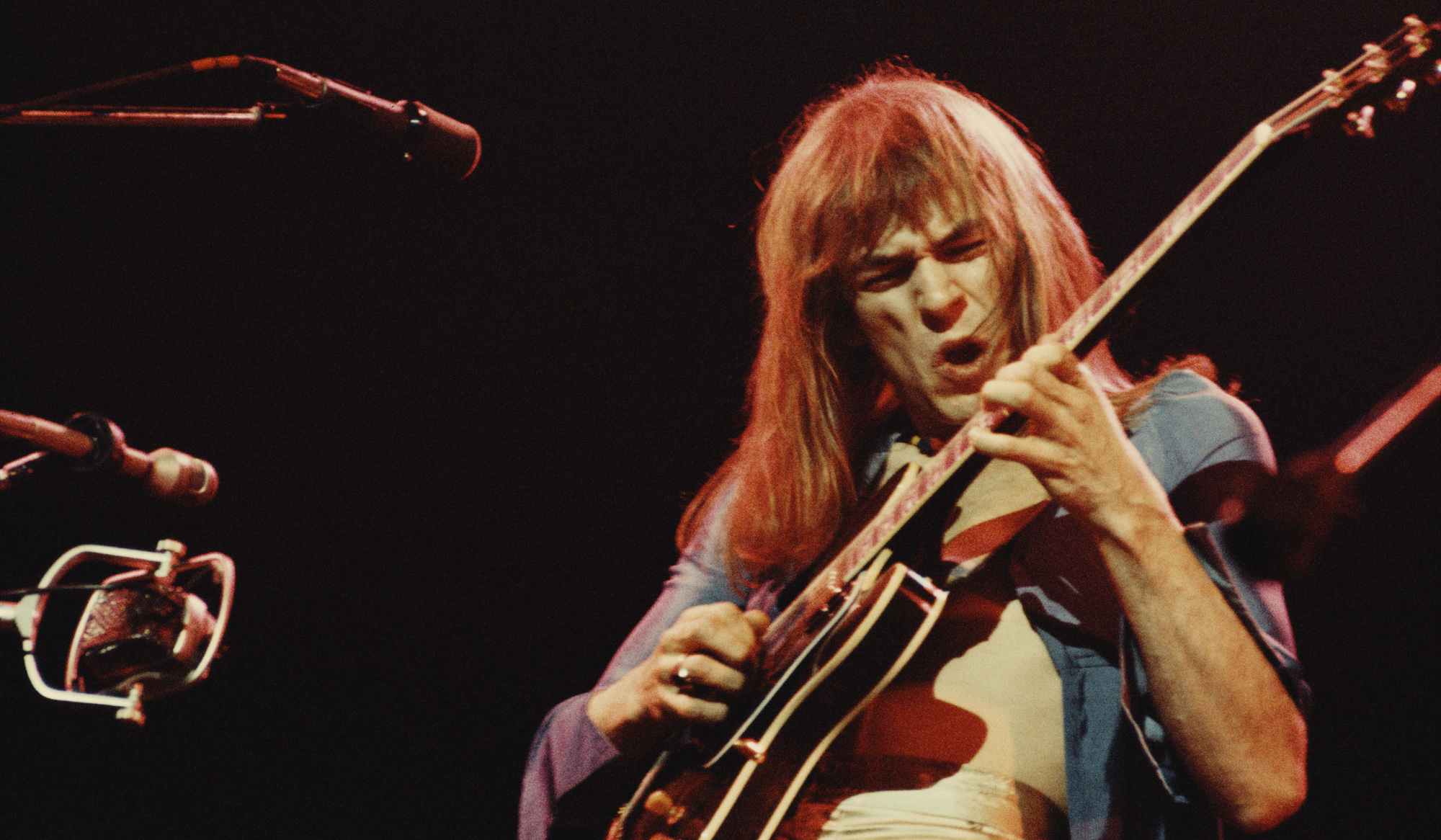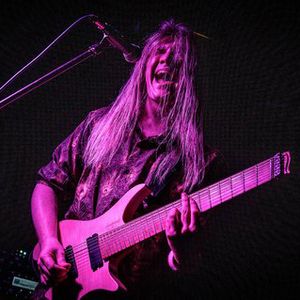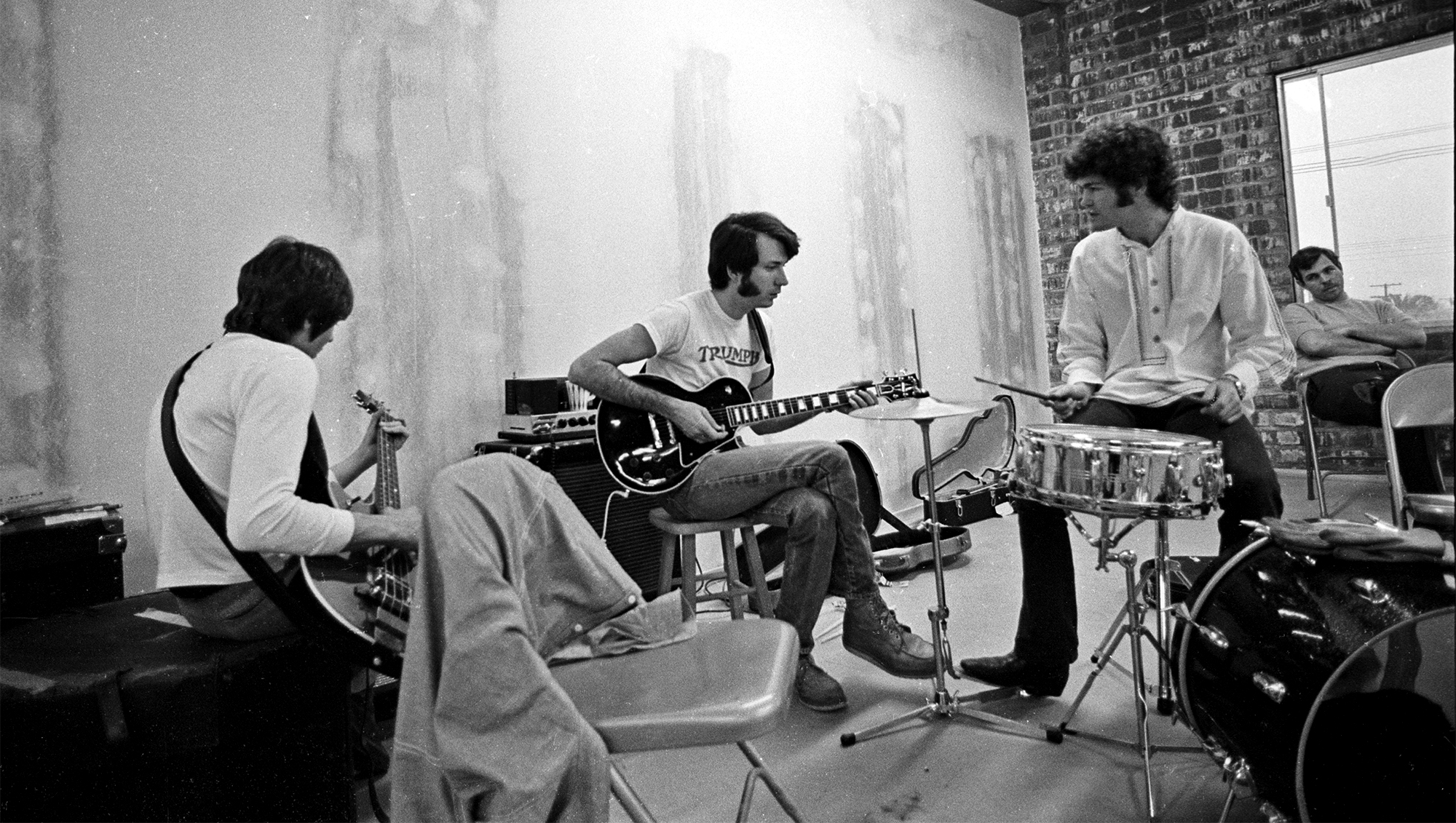“Prog-rock was king. I’m not ashamed to admit that I loved it.” The Jesus Lizard’s Duane Denison says he tried to sell Steve Howe a rare jazz guitar when he was a teenager. Looks like the Yes guitarist missed a good deal
The punk guitarist explains his early love for prog-rock players like Robert Fripp, Jan Akkerman and Howe

More than a decade before Duane Denison carved his name into the annals of noise rock with the Jesus Lizard, he tried to sell his guitar idol Steve Howe a rare vintage axe. He did it by convincing a roadie it was a deal the Yes guitarist wouldn’t want to miss out on.
“A friend of mine worked at a guitar shop that carried rare archtop jazz guitars,” he tells Guitar World, “and there was a Guild George Barnes acoustic-electric.”
Denison had grown up in Detroit idolizing prog’s guitar-playing elite — “punk rock hadn’t come along yet,” he says — and the guitar presented a golden opportunity.
“When I was a teenager, it was the ’70s, and so prog-rock was king. I’m not ashamed to admit that I loved it. The shredders of my day were Robert Fripp, Jan Akkerman and Steve Howe.”
Which may explain Denison's attraction to the guitar. While semihollow guitars are unconventional rock guitars, Howe has always had an affinity for them. His main squeeze is a Gibson ES-175D that he bought in 1964, a time when Gibsons weren't easy to come by in his native England.
Denison certainly knew of Howe’s affection for jazz guitars and decided to use his Guild as leverage to meet his hero, bringing his friend along to assist with any stubborn impediments.
“This friend was really pushy and talked to a roadie," Denison says. "And they said to come back the next day to meet at Steve Howe’s hotel room in downtown Detroit.".
All the latest guitar news, interviews, lessons, reviews, deals and more, direct to your inbox!
Denison returned and finally got a chance to meet Howe, though the interaction was bittersweet. “He tried it out and played some stuff on it," the guitarist says. "But he didn’t buy it.” He suggests that may be due to Howe's own assertion that he's “a bit of a lunatic” when it comes to his beloved six-strings, choosing them wisely and caring for them well. As of September 2021, his famed ES-175D had been refretted just once after nearing six decades of use.
“People used to be amazed that I’d gone about 40 years on this guitar and it hadn’t been refretted,” he admits. “I got used to the flat frets. In fact, they were marvelous, but there were a few little problems. The 14th fret on the G got very buzzy.

“I’ve always been very possessive of this guitar. I used to do my own guitars, right through the ’70s. The 175 was always restrung, every day. So, basically, I was a bit of a lunatic! But if you love something, you should nurture it.”
Barnes' guitar, which featured two humbuckers are four control dials, is a rarity today, so maybe Howe missed out on a deal, but if nothing else, Denison walked away with a story to tell.
Howe's latest solo album, Guitarscape, provided him the “golden opportunity” to write music with “different chordal movements and structures”.
“I’ve utilized most of the colors, as I like to think of my styles,” he explains, “and I’m always pleased when I hear them running through and it moves from a steel, maybe, to a Spanish guitar.”
The Jesus Lizard released their latest album, Rack, in September.
A freelance writer with a penchant for music that gets weird, Phil is a regular contributor to Prog, Guitar World, and Total Guitar magazines and is especially keen on shining a light on unknown artists. Outside of the journalism realm, you can find him writing angular riffs in progressive metal band, Prognosis, in which he slings an 8-string Strandberg Boden Original, churning that low string through a variety of tunings. He's also a published author and is currently penning his debut novel which chucks fantasy, mythology and humanity into a great big melting pot.


